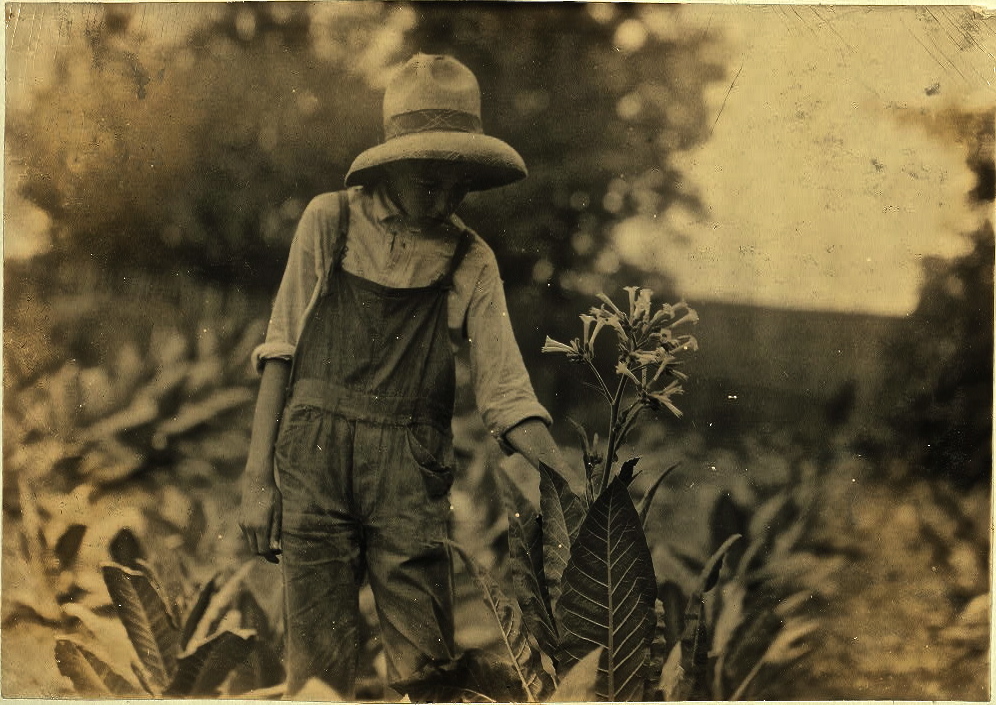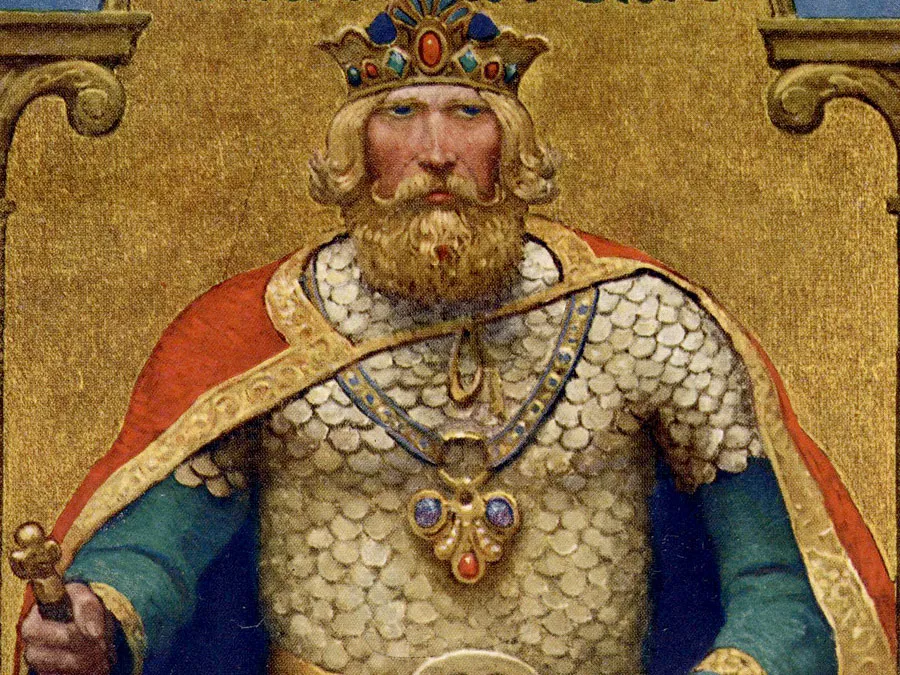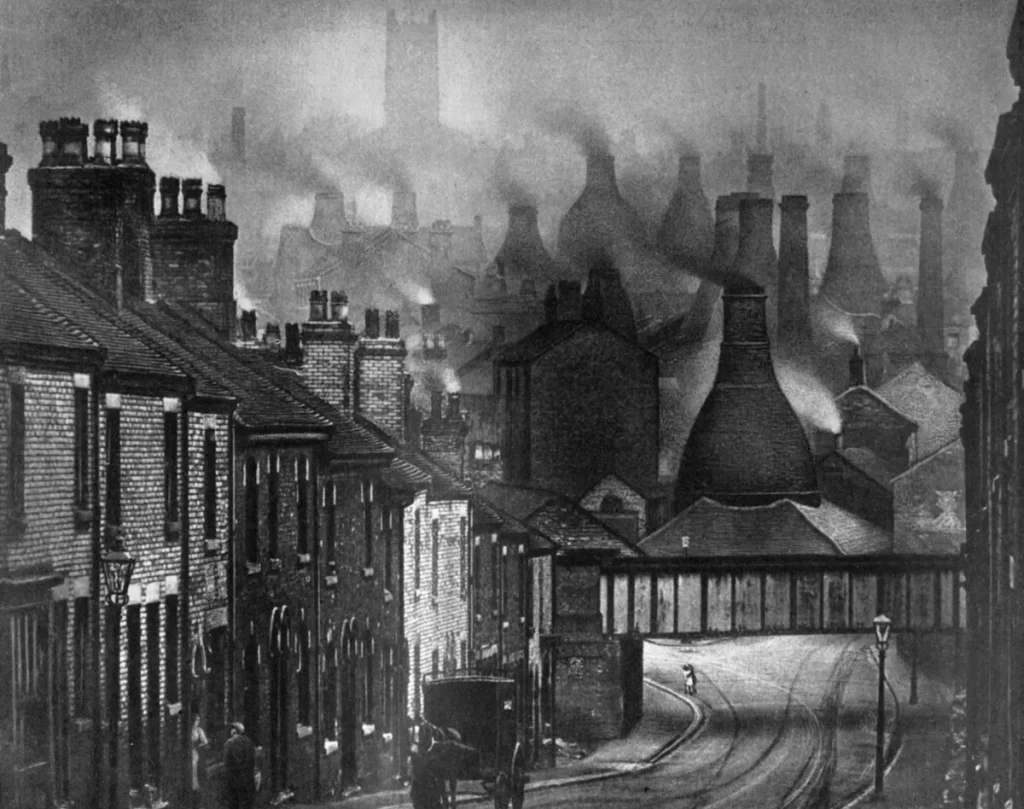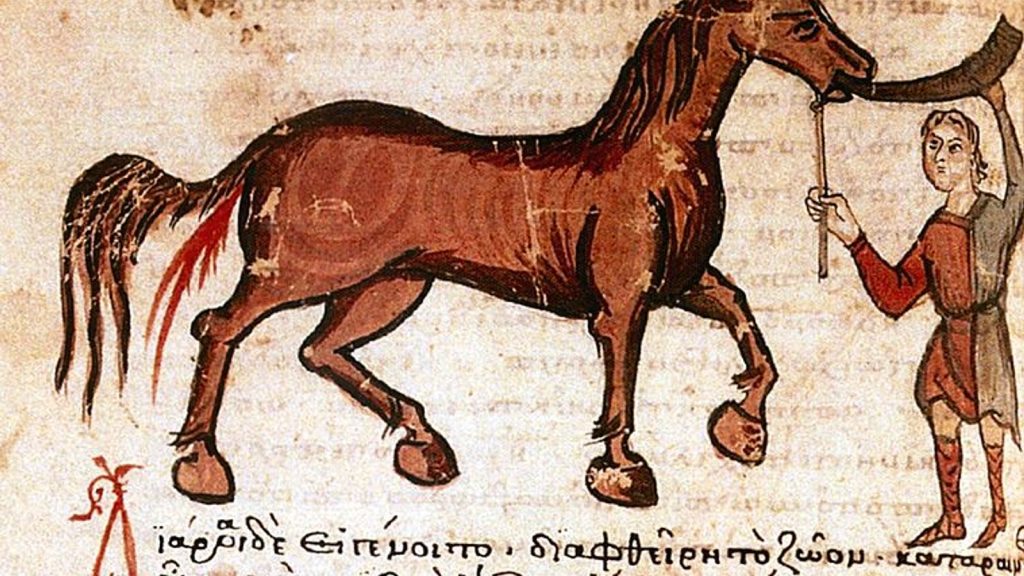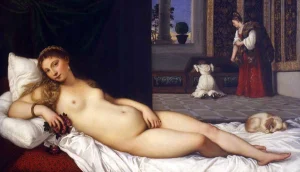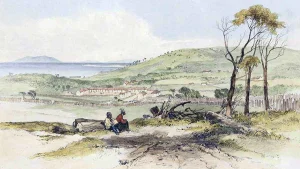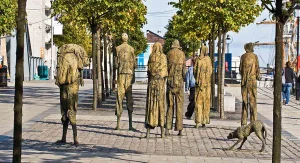Tobacco has a long, complicated journey in the Americas. It began as a sacred plant used by Native peoples and ended up as one of the most profitable and harmful products in the world. This post tells that story in simple steps so you can clearly follow what happened.
Before Europeans: A Sacred Plant
Long before 1492, Native peoples in the Americas grew and used tobacco. Two main kinds existed:
- Nicotiana rustica (mostly in the north): strong and harsh.
- Nicotiana tabacum (mostly in the south): smoother and easier to smoke.
For many tribes, tobacco was holy. People smoked or chewed it in ceremonies, for healing, to sharpen the senses before a hunt, to connect with the spirit world, or simply to calm hunger. It was respected, not used all day.
Europeans Arrive: A New Market is Born
When Christopher Columbus reached the Caribbean, locals gave his crew tobacco. The Spanish carried it back to Europe, where people quickly became curious. Soon tobacco was grown on large estates in Spain’s colonies. The work was hard, and Native communities were forced to labor under brutal systems.
By the mid-1500s, European demand exploded, especially for the smoother N. tabacum. The Spanish tried to keep their seeds secret, but the plant spread anyway—first to courts and monasteries, then to everyday people. A French diplomat, Jean Nicot, promoted tobacco as medicine; the word nicotine comes from his name.
Jamestown & John Rolfe: Tobacco Saves a Colony
In 1607, the English founded Jamestown in Virginia. The early years were desperate—hunger, disease, and even reports of cannibalism. Then, in 1610, John Rolfe planted a new blend of N. tabacum. It grew well, tasted smooth, and sold fast in London.
This “Virginia tobacco” became a hit. Jamestown survived and then expanded. But that boom had a cost: colonists seized more Native land for plantations, leading to the Anglo-Powhatan Wars (1610–1646). Many Native communities were killed, displaced, or pushed west.
Rolfe later married Pocahontas, daughter of a Powhatan leader, in 1614. Their union brought a short peace and helped plantations grow even more. But the overall pattern stayed the same: more land taken, more tobacco planted.
The Labor Problem: From Indentured Servants to Slavery
Tobacco is labor-intensive. At first, planters relied on indentured servants—people who worked for several years in exchange for passage to America and the promise of land. As plantations grew, this system could not supply enough workers.
In 1619, a Dutch ship brought Africans to Virginia. At first, some may have been treated like indentured servants. But over the decades, the laws changed. By the 1660s, race-based slavery was legal and spreading. Plantation owners saw enslaved Africans as stronger, cheaper, and permanent labor. Families were split; skilled tobacco workers became especially valuable and were bought and sold like tools.
A Cash Crop Shapes Colonies—and Conflict
As demand rose, tobacco became a cash crop that shaped politics and everyday life:
- Virginia, Maryland, and North Carolina exported huge amounts by the 1700s.
- Tobacco even acted like money in some places; debts were paid in bundles of leaves.
- British merchants controlled prices in London, sometimes pushing them down while keeping planters in debt with easy loans. Many planters—some of them future U.S. Founders—grew angry at this economic control.
These stresses added to the wider tensions that led to the American Revolution (1775–1783). Tobacco profits helped fund colonial life and, indirectly, the push for independence.
After Independence: New Divides, New Wars
In the 1800s, the North industrialized and moved away from slavery. The South depended on enslaved labor for tobacco (and later cotton). Arguments over slavery, trade, and states’ rights grew until Southern states seceded and formed the Confederacy. The Civil War (1861–1865) ended slavery, but not the demand for tobacco.
After the war, Southern states passed harsh vagrancy laws that trapped many Black men in forced labor on farms. Big business also took over more of the tobacco trade. In 1881, a new cigarette-rolling machine could make 400 cigarettes a minute. Prices fell, sales rose, and one company—American Tobacco, led by James B. Duke—built a near-monopoly.
Farmers pushed back in the Black Patch Tobacco Wars (1904–1909) in Tennessee and nearby counties, fighting distributors over low prices. Violence erupted. The federal government finally broke up American Tobacco in 1911.
The Global Habit Grows
At first, cigarettes were seen as low-class. Pipes and cigars were for elites. Mass production changed that. During World War I, soldiers received cigarettes in their rations. Smoking became tied to patriotism, stress relief, and modern life. By the early 20th century, tobacco use was common worldwide.
As medical science advanced, the risks became clear: tobacco causes cancer and other deadly diseases. Today, many countries require warning labels and images on packs. Ads are banned or limited. Yet tobacco remains one of the most popular—and deadly—legal drugs.
A Different Way Forward
Some Native American communities are working to restore tobacco’s sacred role. Their message: treat the plant with respect, use it sparingly and ritually, not as a constant habit. Leaders say this shift helps lower smoking in their communities and reconnects people with older, healthier traditions.
The Big Picture—What Happened & Why It Matters
Here’s the core of the story, step by step:
- Sacred beginnings: Native peoples used tobacco carefully, for ceremony and healing.
- European demand: The plant became a luxury, then a craze; N. tabacum—the smoother leaf—won over Europe.
- Jamestown’s lifeline: John Rolfe’s Virginia tobacco saved the English colony and fueled massive expansion onto Native lands.
- Forced labor rises: Indentured servants weren’t enough. Race-based slavery grew to supply the huge labor needs of tobacco fields.
- Cash crop power: Tobacco shaped economies, politics, and even helped push the colonies toward revolution.
- Industrial tobacco: Machines and marketing made cigarettes cheap and popular; monopolies grew and were later broken up.
- Health costs: We now know tobacco is a leading cause of preventable death, even as millions still use it.
- A hopeful return: Some communities are returning to respectful, limited use, reminding us tobacco was never meant to be an everyday addiction.
In short: Tobacco’s journey runs from ritual leaf to global habit—lifting colonies, enriching merchants, driving war and slavery, and later fueling mass-market addiction. Understanding that path helps us see why tobacco is still so powerful today—and why returning to respect, limits, and truth about health can change the story for the better.

